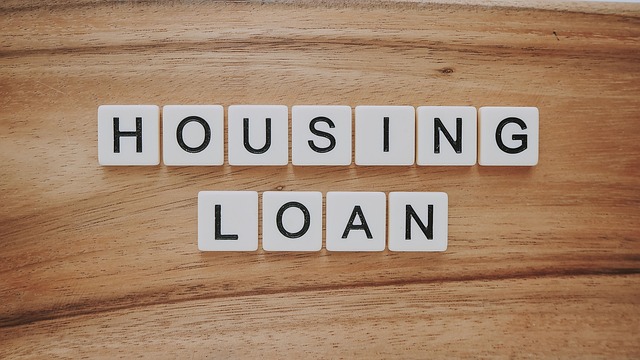Car title loan utility bill verification is a crucial process that ensures trustworthy lending decisions, confirming borrower identity, residency, and income. Efficiency relies on accurate documentation and streamlined procedures, including automated validation, cross-referencing with credit reports, and digital retrieval. Best practices involve validating documents against reliable databases, automating processes, using data analytics to detect anomalies, and providing real-time tracking updates. Standardized procedures maintain industry integrity, build trust, and foster a robust, reputable car title loan market.
In the dynamic landscape of the car title loan industry, meticulous utility bill verification is paramount. This process ensures both lender protection and customer satisfaction by confirming identity and financial stability. This article delves into the intricacies of car title loan utility bill verification, exploring key components and best practices. By understanding and implementing effective verification guidelines, lenders can navigate this intricate process with precision, fostering a robust and trustworthy lending environment centered around accuracy and customer satisfaction.
- Understanding Car Title Loan Utility Bill Verification
- Key Components of Effective Verification Processes
- Best Practices for Ensuring Accuracy and Customer Satisfaction
Understanding Car Title Loan Utility Bill Verification

In the car title loan industry, understanding the process of utility bill verification is paramount to ensuring a smooth and efficient loan approval journey for both lenders and borrowers. This crucial step involves verifying the authenticity and current status of a borrower’s utility bills as collateral for the loan. Lenders use these bills to assess the borrower’s financial stability and ability to repay the loan, often offering same-day funding as an attractive perk.
Utility bill verification plays a significant role in facilitating the entire loan approval process. It helps lenders make informed decisions by confirming the borrower’s residency, identity, and income sources. By cross-referencing utility bills with the borrower’s provided information, lenders can detect any discrepancies or fraudulent activities. This meticulous process contributes to the overall transparency and reliability of car title loans, including cash advances, ensuring a win-win situation for all involved parties.
Key Components of Effective Verification Processes

The effectiveness of car title loan utility bill verification processes hinges on several key components. Firstly, accurate and comprehensive documentation is paramount. This includes verifying the authenticity and validity of submitted bills, ensuring they are recent and reflect the borrower’s current financial situation accurately. A robust system for cross-referencing data across multiple sources—such as comparing utility records with the borrower’s credit reports—is essential to prevent fraud and maintain transparency.
Secondly, streamlined verification procedures are crucial for a smooth lending process. Implementing digital solutions like automated data validation and electronic bill retrieval can significantly speed up the verification process, enabling faster decision-making and ultimately providing fast cash to borrowers. Additionally, these methods enhance accuracy by minimizing human error and ensuring compliance with regulations regarding interest rates and direct deposit.
Best Practices for Ensuring Accuracy and Customer Satisfaction

To ensure accuracy and customer satisfaction in the car title loan industry, particularly during utility bill verification, several best practices should be implemented. Firstly, validate all submitted documents against reliable and up-to-date databases to confirm their authenticity. This includes cross-referencing utility bills with official records to prevent fraud. Secondly, establish a transparent communication channel with borrowers; clearly explain the verification process, timelines, and potential outcomes to manage expectations.
Standardized procedures for utility bill verification are crucial. Automate wherever possible to reduce human error and expedite processing times. Incorporate advanced data analytics tools to detect anomalies in utility records, enhancing accuracy. Additionally, foster a customer-centric approach by providing real-time updates and easy access to tracking information. These measures not only ensure the integrity of the car title loan process but also contribute to building trust between lenders and borrowers, fostering a robust and reputable industry.
Car title loan utilities bill verification is a critical process that safeguards both lenders and borrowers. By implementing effective verification methods, lenders can ensure the accuracy of provided information, reduce risks, and enhance customer satisfaction. This article has outlined key components and best practices for successful utility bill verification, emphasizing the importance of streamlining procedures to facilitate a seamless experience for all parties involved in the car title loan industry.






